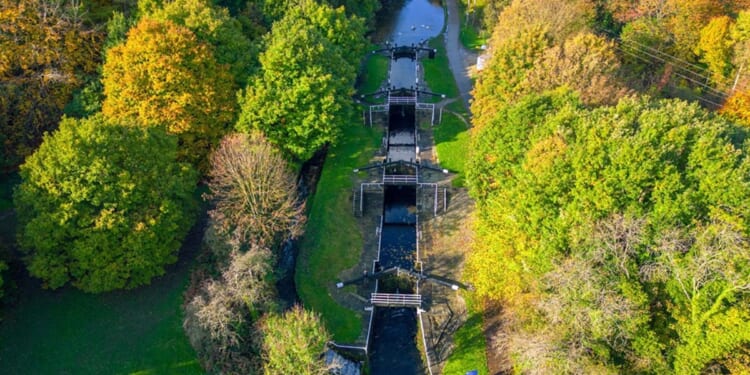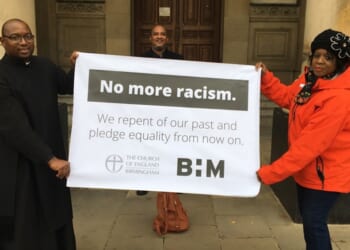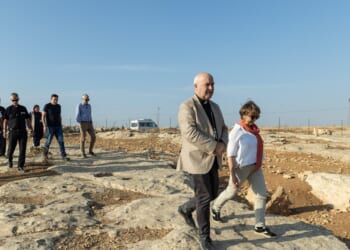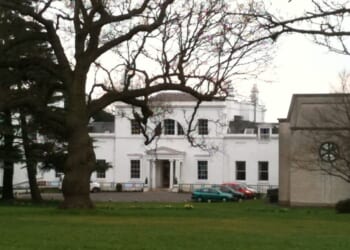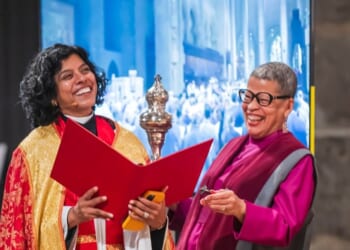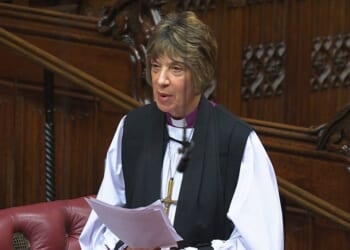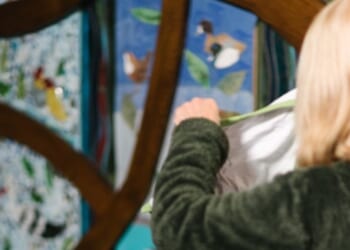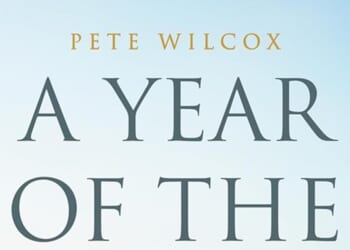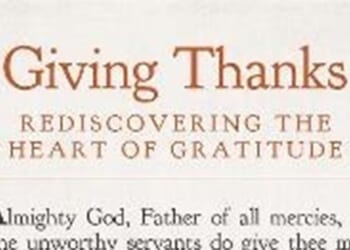WHEN I travel on the waterways of England, its beauty seems inexhaustible — always different, always fresh. I reach for my mobile to capture each new prospect. It seems impossible to take a bad photo. As the phone storage fills with images of wonder after wonder, I have had to learn restraint. Technology has limits where nature has none. A regular pastime on the boat is ranking the canals and rivers that we have travelled, and trying to express what characterises each and distinguishes one from all the others.
The bowing, flowering hawthorns on the North Oxford, offering blossoms beneath the shivering larches. The aimless perambulations of the Leicester line (anything but a straight line) through rural Leicestershire — ignoring villages as so few canals do, and slipping past the shoulders of the slight hills. The Erewash, like a water garden, with clear water full of lily-pads and swarming with fish. The mighty Trent, whose banks are littered with the debris of years of flooding, and whose pontoons protect boats whether the levels rise or fall ten or 15 feet. The Keadby canal, stretching straight across the south-Yorkshire plain, where swallows tumble and roll, sipping the water a few feet in front of the boat’s prow.
WE HAVE travelled 500 miles so far this year, but we have barely touched one quarter of the canal and river network. We came to the north-east because the spring drought was drying up the canals to the west. We came in search of water — enough water to keep moving. In Staffordshire, Shropshire, and the West Midlands, the movement of boats is restricted, because, every time a lock is emptied to move a boat up or down, 50,000 gallons of water move, and much of it is lost to the accompanying streams. Boaters are having to stop and wait for rain for the canal to start to move again.
Our goal is to reach Liverpool, but we won’t be able to cross the Pennines until the autumn and winter rains enable onward progress. In the mean time, we can visit Sheffield, York, and Leeds. Then we wait.
BACK in April, as the buds opened in vivid green, I was confronted with life that was just days old, but that will have faded, folded, and fallen by the end of the year. But I know that, when I am no longer alive to witness it, this cycle of growth and death will be as new and vivid as it is now.
In her book God is at Eye Level, the photographer Jan Phillips offers several perspectives on what happens when we take a photograph. In one, she describes the moment of opening the shutter as life seeking life: “When the god force within and the god force without collide and lead to the creation of something new” — as if we momentarily see what God sees.
But my favourite is her suggestion that God can be seen everywhere if we make ourselves present: “Everywhere I look, there God is, looking back, looking straight back.” As the days and weeks pass and the seasons turn, it is one long look at the Presence. Sydney Carter put it well in that song beloved of school assemblies: “You are older than the world can be, You are younger than the life in me; Ever old and ever new, Keep me travelling along with you.”
THE Genesis account of creation has a voice making and approving all the elements that make up our world: not making a habitat for humans, but a place where God is present, sees that everything is good, moves in, and makes the earth somewhere worth living in — the dwelling rather than the possessing; the seventh day, the first holy thing that has been made. Holiness understood through sabbath is less perfection and otherness than encounter and relationship with the God who chooses to make us and to be present with us.
This time on the canals has made me change my mind about the divine presence. In my youth, I learned the stories of the children of Israel hunkering down behind the pillar of fire and cloud. Wherever it went they followed, and the conclusion (though there is no evidence of cloud or fire when they entered Canaan), when following the presence, was to slaughter whoever stood in the way.
There is a different way of telling those stories. Every evening, the presence paused, and they pitched camp around it. They placed the tent of meeting where the presence was. When the presence moved, they moved, too, to stay close to it. I now think of the shekinah as a presence that invites me closer and towards which I am always travelling, and will be for the rest of my life. The promise is that, one day, the travelling will be over, and I will rest in that presence — for ever.
John Griffiths is a Reader from St Albans diocese. He is somewhere on the waterways of the north-east.

